Vast intact ecosystems are often the subject of fascinating natural dynamics. Here are two stories about these natural danymics in Yellowstone.
Forest fires
Forest fires are part of the natural dynamics of forest ecosystems in the USA. Some trees even depend on the fires for the germination of their seeds. It is not exceptional that very large surfaces of hundreds or even thousands hectares are destroyed by a forest fires during years of great drought. But in 1988 a really exceptionally large and long-lasting fire took place in Yellowstone.

The Yellowstone fires of 1988 formed the largest wildfire in the recorded history of Yellowstone National Park in the United States. No less than 3123 km2 was destroyed or severely affected by the wildfires, which is 36 % of the entire park surface. Starting as many smaller individual fires during the extreme drought of the summer of 1988, the flames quickly spread out of control. With the increasing winds and drought the small fires combined into one large conflagration, which burned for several months. Only the arrival of cool and moist weather in the late autumn brought the fires to an end.
Before the late 1960s, fires were generally believed to be detrimental for parks and forests, and management policies were aimed at suppressing fires as quickly as possible. However, as the beneficial ecological role of fire became better understood in the decades before 1988, a policy was adopted of allowing natural fires to burn under controlled conditions, which proved highly successful in reducing the area lost annually to wildfires. Moreover, the burnt areas often add a new a dynamic to the ecosystem and the regeneration of the forest often soon creates lush dense vegetation patches.
However, in 1988, Yellowstone was overdue for an extremely large and devastating fire. The fires burned discontinuously, leaping from one patch to another, leaving intervening areas untouched. Large firestorms swept through some regions, burning everything in their paths. Tens of millions of trees and countless plants were killed by the wildfires, and some regions were left looking blackened and dead. However, more than half of the affected areas were burned by ground fires, which did less damage to hardier tree species. But as usual, not long after the fires ended, plant and tree species quickly re-established themselves, and natural plant regeneration has been highly successful. The Moose is one of the few mammals which seem to have been strongly affected by the fires, and of which the population is still much lower than it used to be before 1988.
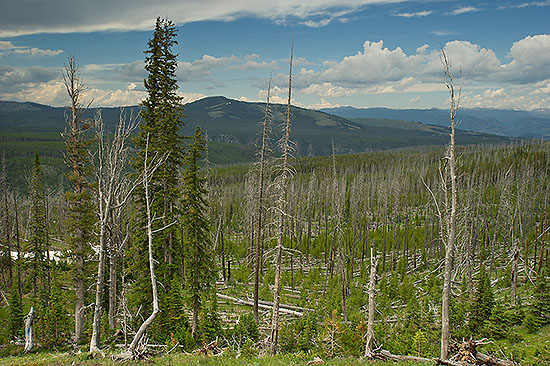
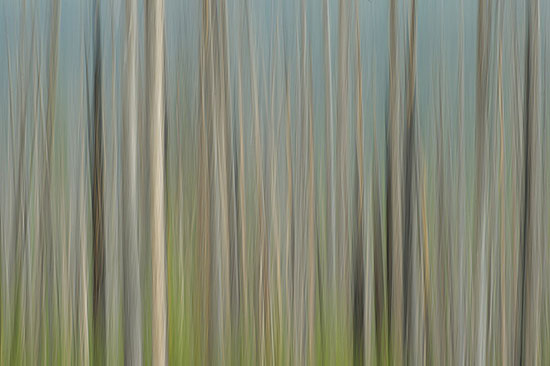
How wolves changed the landscape
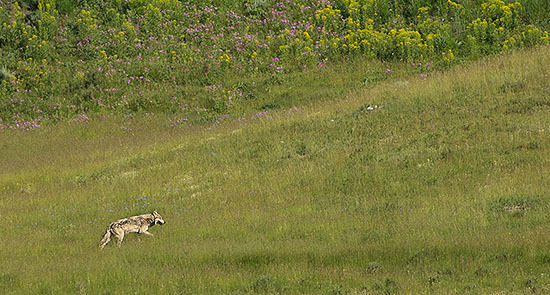
In 1995 Wolves were reintroduced in Yellowstone. As a predator on top of the food chain, scientists had expected they would have a serious impact on the entire ecosystem. But what already happened six years after the reintroduction was really beyond their expectation!
Before the reintroduction of the Wolves, large Bison and Elk herds were almost daily grazing the valley grasslands around the rivers. From time to time they were hunted by a Grizzly Bear. The impact of Bears, which are omnivores and feed on a wide variety of species, was rather low. Regeneration of forest and colonisation of by trees in these valleys almost didn’t took place for several decades. The Wolves soon found out the lush valley grasslands were plenty of prey and the packs started to hunt frequently in those valleys. As a result mammals began to change their behaviour and started to move more uphill and towards the forest cover. As a result of this after six years Aspen, Willow and Cottonwood started to regenerate around the river. Under here, young shrubs and some trees in the brushwood along the Lamar River.
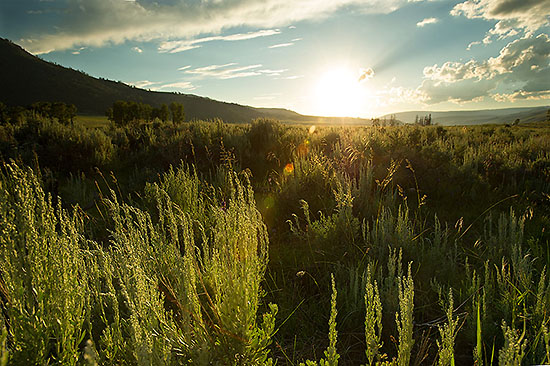
Dense young forest cover attracted more birds. Later on Beavers settled down around the river and started to build dams. Shallow pools were formed with lead to more fish, water insects and amphibians. This meant more food for Otters.
The coyote population was kept lower by the Wolves, and Rabbits, Mice and Ground Squirrel populations increased. This meant more food for birds of prey and foxes. Under here: images from Red-tailed Hawk, Prairie Falcon and a Red Fox.

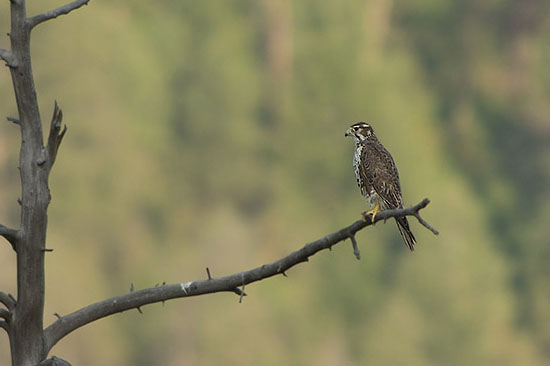
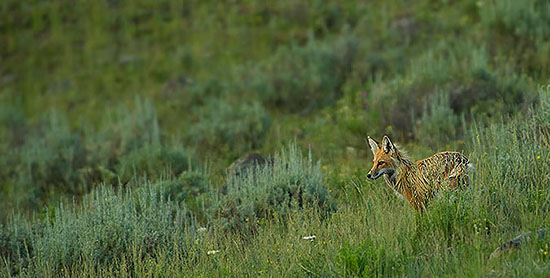
Bear population also increased as there was more regeneration of blueberries in some areas which were previously more intensively grazed.
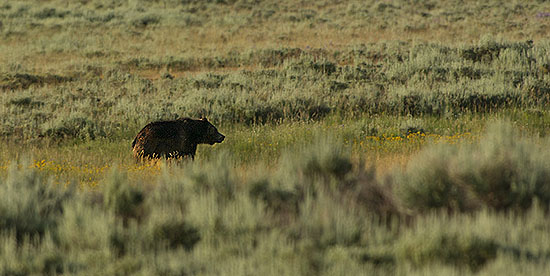
In the end the rivers started to meander less, because the river banks were better fixed by forest cover and the erosion stabilised. This lead again to a more diverse river fauna life. So in the end the Wolves didn’t only changed the entire biodiversity of the park, but they even changed the physical geography of the park by indirectly influencing the courses of the large rivers!
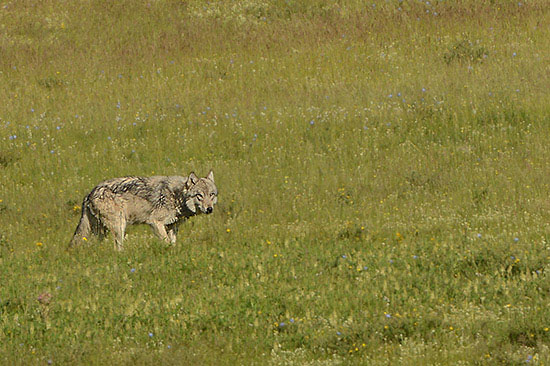
A really interesting video about the story of how Wolves changed the landscape in Yellowstone, narrated by George Monbiot, can be watched on youtube here.
